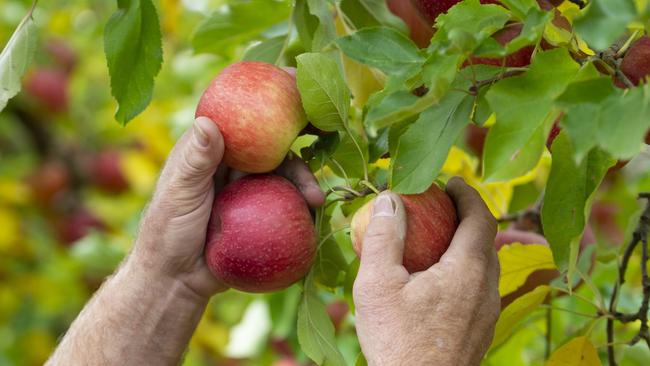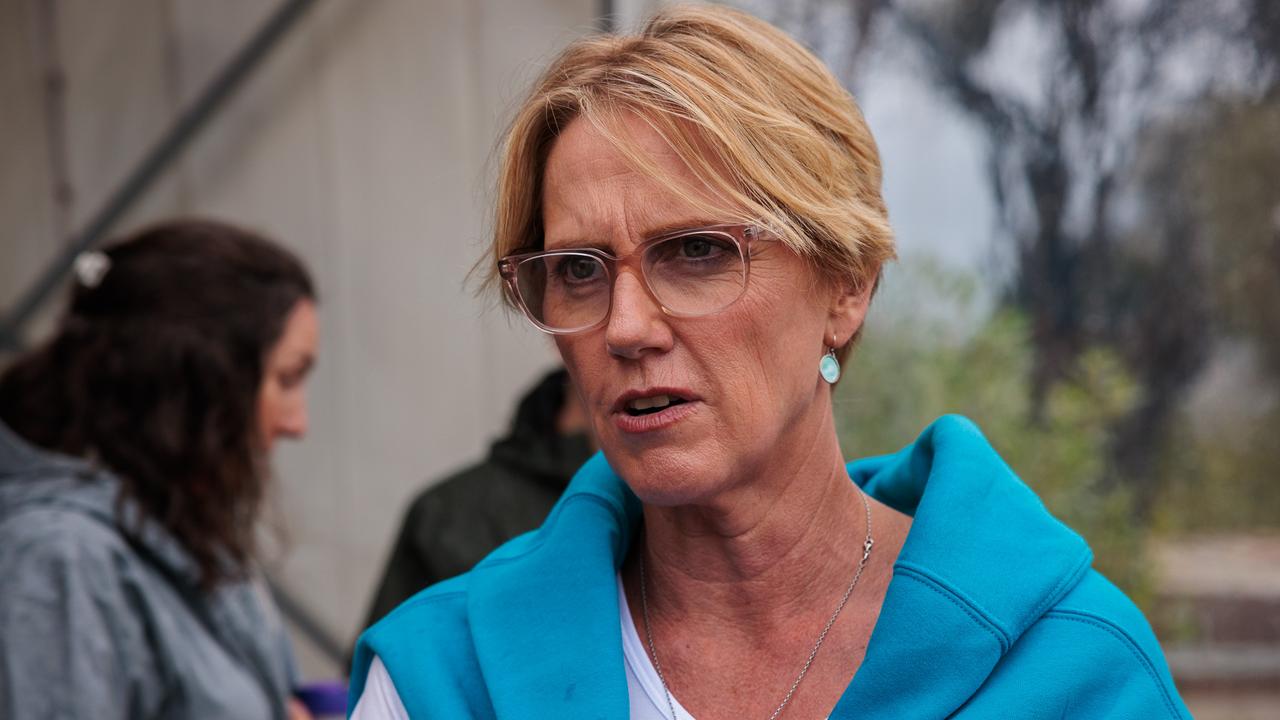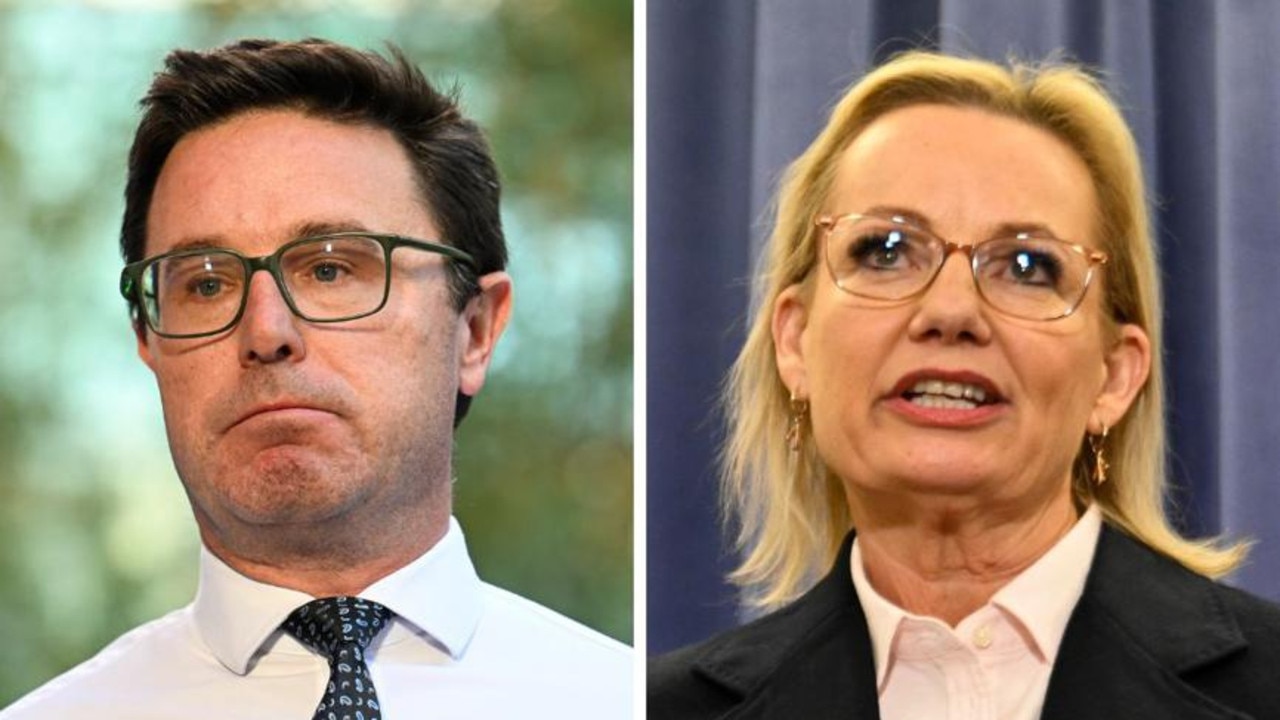
On Tuesday, there were three ministers attached to the announcement that Canberra was finally moving to allow in more migrant workers to address a shortfall of at least 26,000 across agriculture and primary industries.
Just three weeks ago, on August 23, four ministers jostled for space as they announced the new Australian Agriculture Visa that was badged – at that point – as the solution to a crisis caused by Covid-19’s closed borders.
It’s a crowded field – not just because we now have so many ministers and departments involved, but because there’s a fair bit of clutter around the rules and regulations of the existing visas and the new one due to come into operation in just two weeks. Here’s the list (in no particular order of importance) of those attached to what is, admittedly, one of the more complex policy challenges around: Zed Seselja (International Development); Marise Payne (Foreign Affairs); Stuart Robert (Employment, Workforce, Skills); Barnaby Joyce (Deputy Prime Minister, Regional Development); David Littleproud (Agriculture) and Alex Hawke (Immigration).
So many irons in the fire and yet, despite the scale of a sector predicted to be worth $73bn this year, the issue of just who picks the apples and harvests the wheat has been left in large part to policies that have more to do with cultural exchange and aid than the labour market or immigration. It’s been about backpackers and temporary workers from the Pacific and East Timor, not permanent workers local or otherwise.
It is clearly hard to know how to attract, young, affluent, educated Australians to a life working for wages on the land, but the need for a labour pool for agriculture seems to have been in the too-hard basket even before the pandemic. The peak farm bodies have been agitating for about five years for a stand alone agricultural visa to run alongside the Pacific Labour Scheme, run by DFAT; and the Seasonal Worker Program, run by Education, Employment and Skills, but likely soon to be taken over by DFAT.
But the new visa, which is being designed by Immigration but will be administered by DFAT, has only been agreed to now because it’s clear that even when this is all over and 145,000 or so backpackers find their way back to Australia, not many are going to sign up for the bush.
That’s because the option to do 88 days in exchange for a visa extension has been dropped for UK holiday-makers and may well be dropped for European Union youngsters as well. That’s at least 20,000 backpackers who won’t be farming. That shift of policy came after public opinion overseas and here hardened against a scheme which potentially left young travellers exploited and vulnerable. Thanks to the Nationals, the government agreed to launch the new visa to make up the shortfall. The idea is to find a new pool of workers from ASEAN countries, and perhaps even the UK.
Details of the new visa, which is supposed to include “pathways” to permanent residency (unlike the other two visas), have been sketchy, although on Tuesday we learnt that four ASEAN countries could sign up to the visas as early as next week. That’s good, because till now the promise it would be operating by the end of the month seemed optimistic.
Growers had been pleased, if surprised, by the August 23 announcement but the mail was that it would not fix the immediate crisis. Maybe they’ll be proved wrong, though the recruitment and quarantining of ASEAN workers will also take time. No wonder Seselja and his colleagues dropped Tuesday’s announcement about amending the two existing schemes to bring in thousands more workers ASAP. All hands to the pump on this one.




So how many federal ministers does it take to solve the critical labour shortage that threatens a bumper Australian harvest?